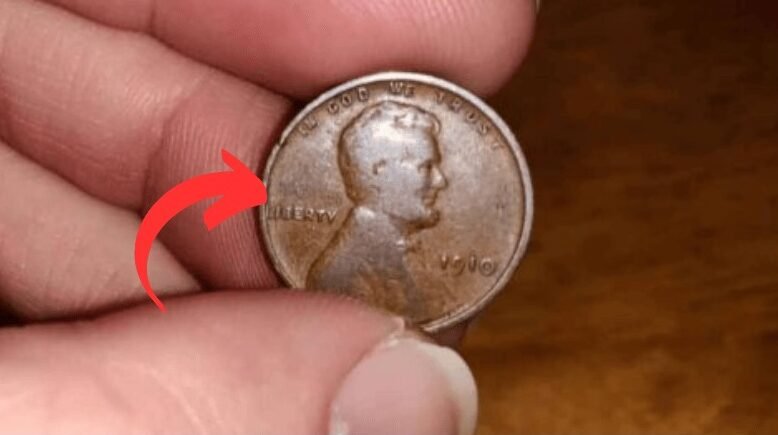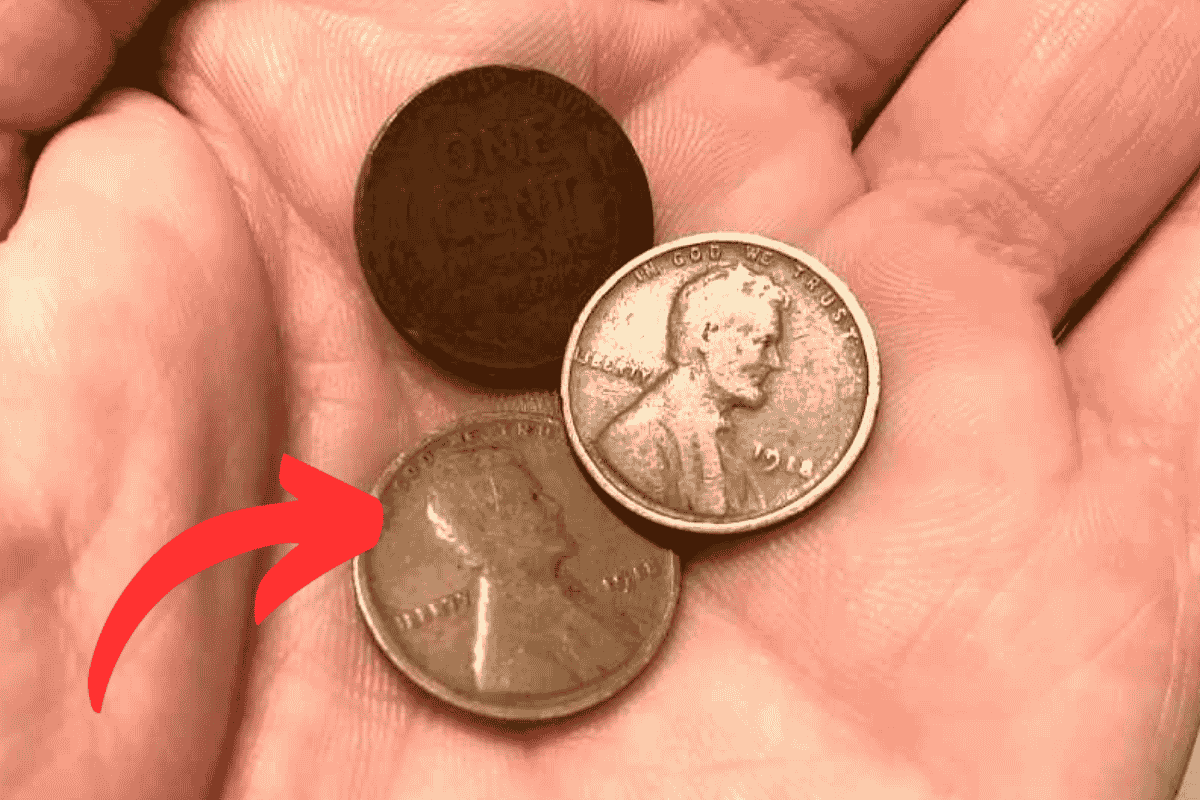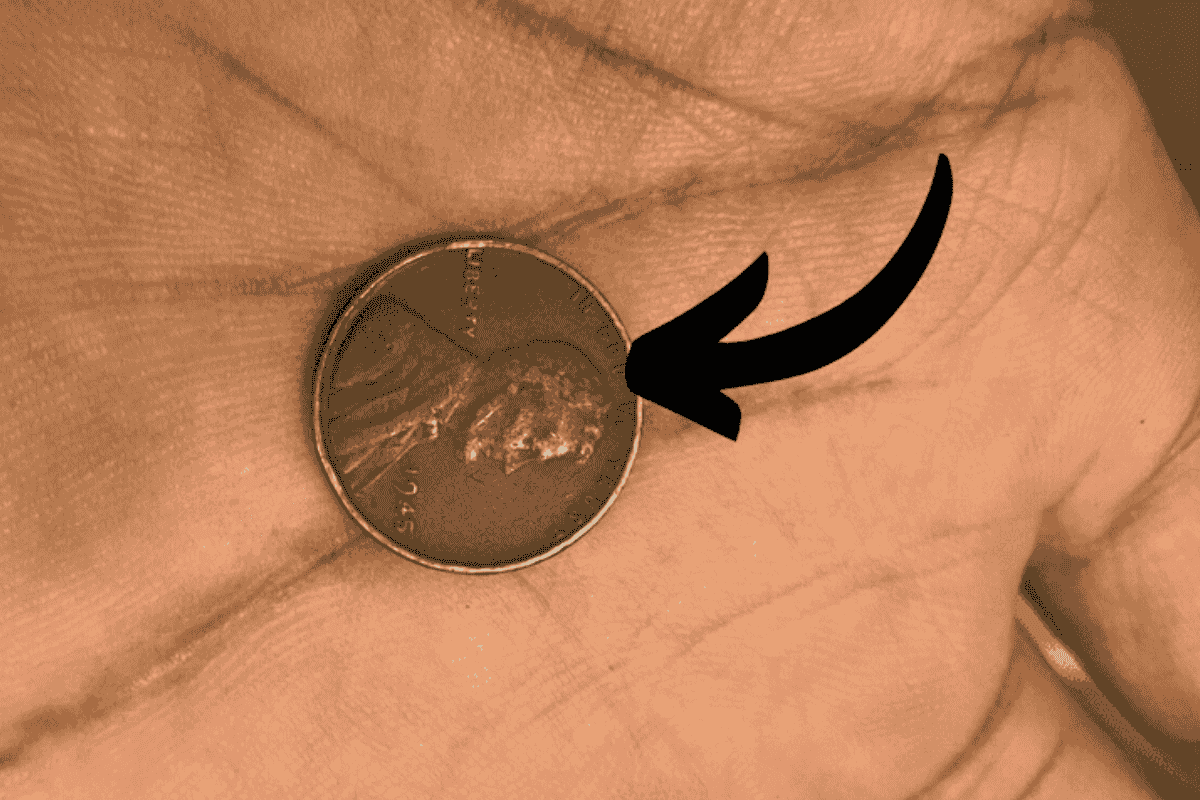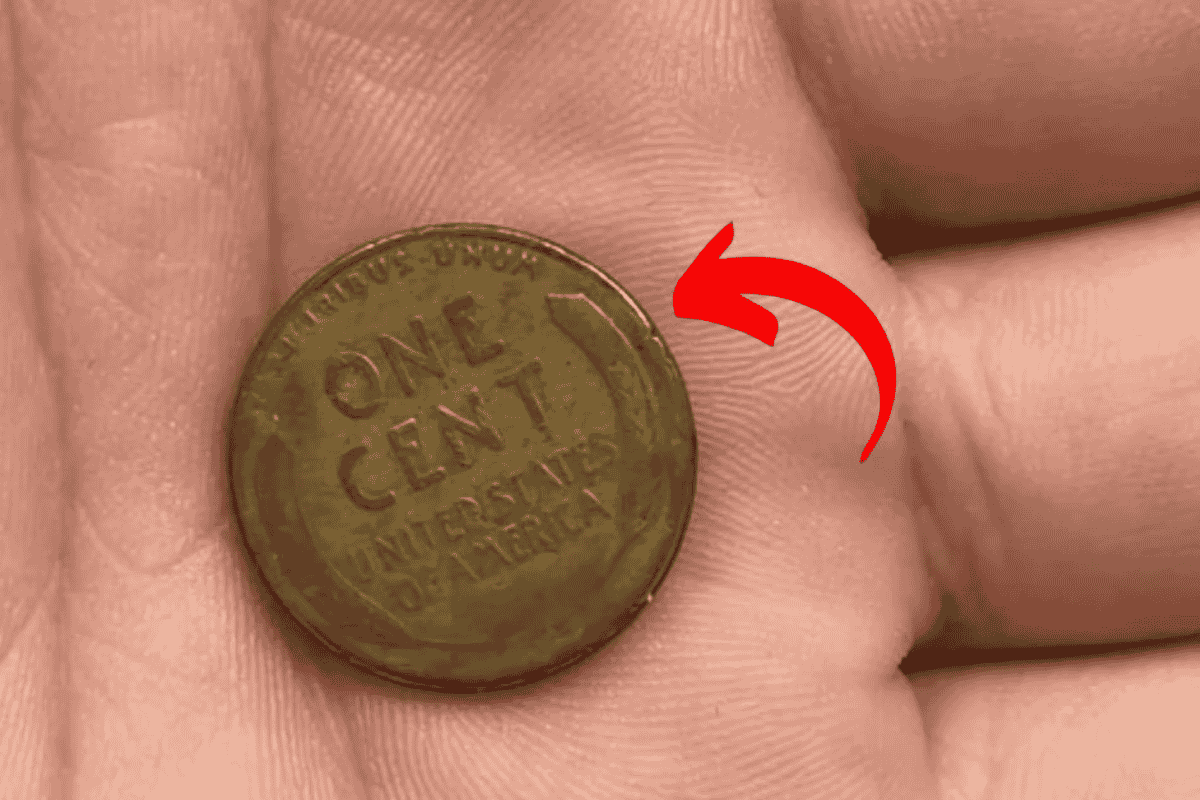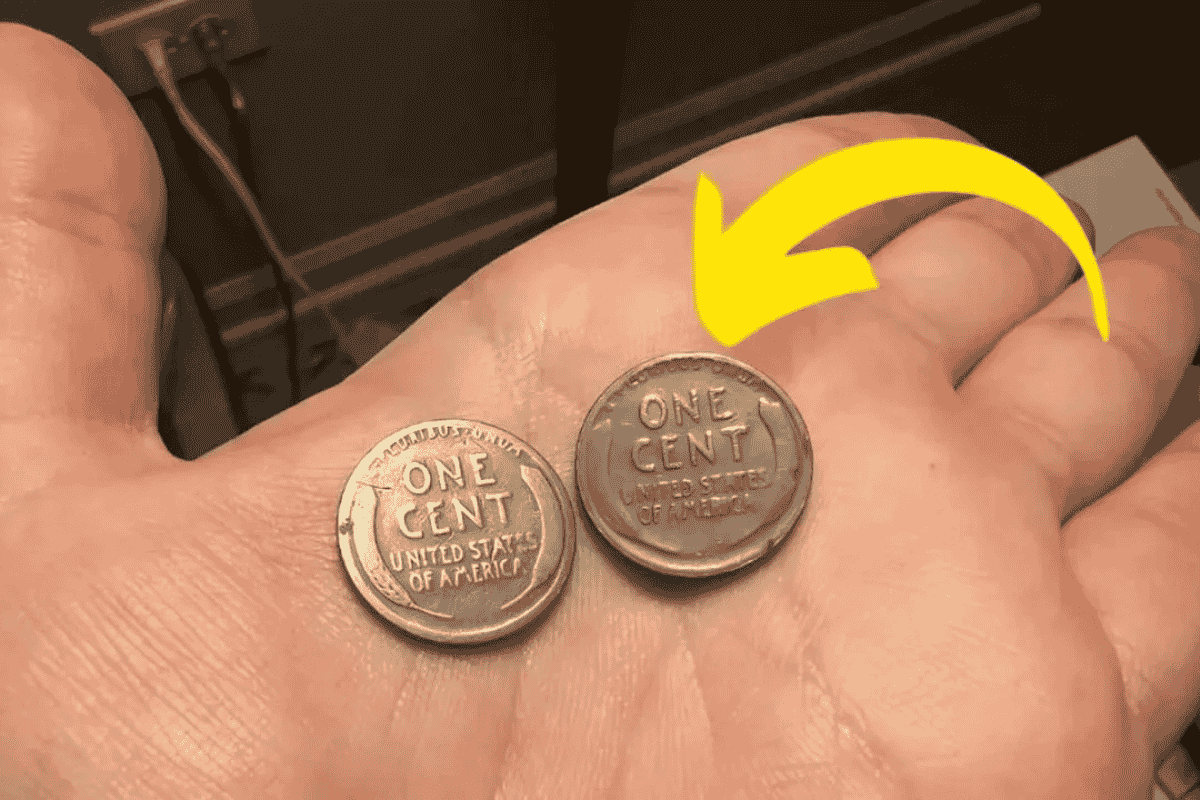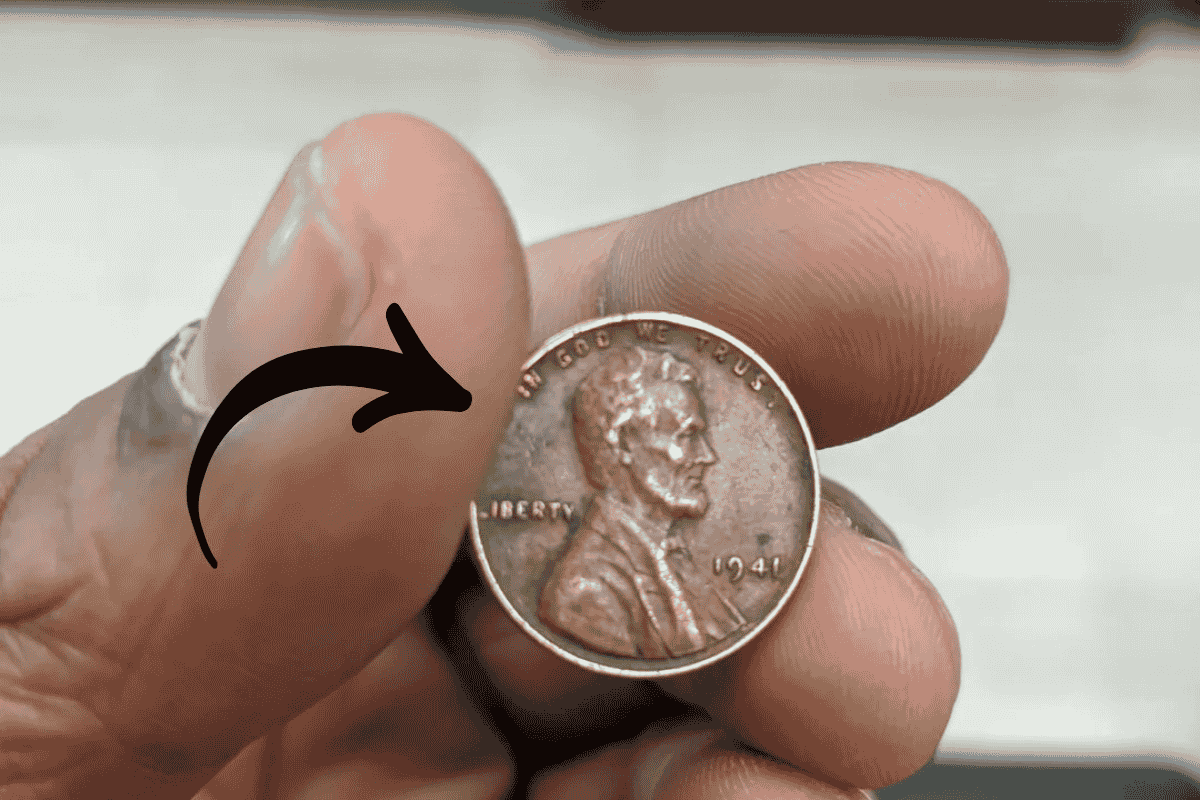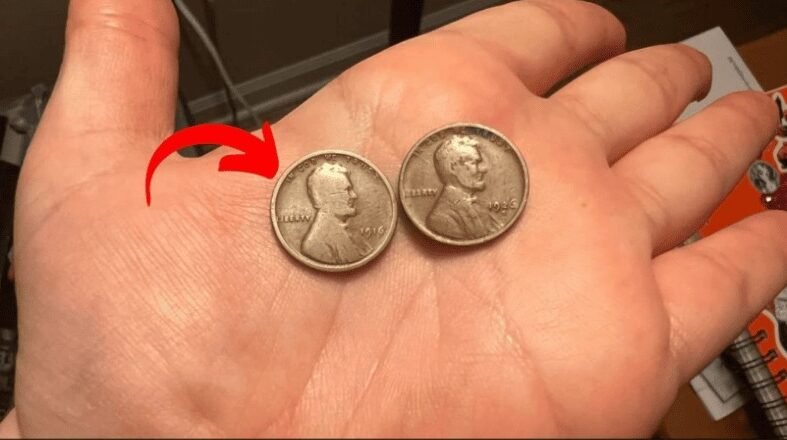Imagine picking up a penny that’s worth more than some people’s yearly rent. That’s the real story behind a rare Lincoln Wheat Penny that recently sold for $576,000. Astonishingly, this coin might still be out there—hidden among regular change.
Let’s discover how this humble penny became a high-value collectible and what signs might help you find one too.
What Is the Lincoln Wheat Penny?
The Lincoln Wheat Penny was produced between 1909 and 1958. One side showcases President Abraham Lincoln, while the reverse shows two wheat stalks.
Most of these coins are ordinary and worth only one cent. But a few rare varieties—usually from specific years or with minting mistakes—are extremely valuable to collectors.
Why It Sold for $576,000
A Lincoln Wheat Penny recently fetched $576,000 at auction. It wasn’t just its age—it had a rare minting error that made it stand out. Errors can include off-center strikes, double images, missing letters, or even misprinted dates.
In this case, a combination of an unusual error and near-perfect condition made the coin highly sought after. When such coins come to market, intensive collector interest can skyrocket their value.
Could It Still Be in Circulation?
Yes—there’s a small chance. Despite being over six decades old, rare pennies sometimes escape collectors and remain mixed in with everyday coins. They might be hiding in wallets, piggy banks, coin jars, or forgotten drawers.
Every so often, someone goes through change and finds a hidden treasure. The possibility that a $576,000 coin is still circulating is what makes coin collecting exciting.
How to Spot a Valuable Wheat Penny
Finding a priceless penny is unlikely, but these tips might help:
- Check the date and mint mark—rare years (like 1909-S or 1943-D) are more valuable.
- Look for minting errors—off-center designs, double strikes, missing letters or tiny details.
- Examine the condition—coins with crisp details and little to no wear are more valuable.
- When you spot something unusual, don’t guess—consult a certified coin dealer or grading service for confirmation.
Why Collectors Love Error Coins
Minting mistakes turn ordinary coins into one-of-a-kind items. Each error coin documents a minting accident that wasn’t corrected.
Since very few coins show the same mistake—and even fewer survive in high grades—collectors see them as rare pieces of history. This rarity and uniqueness can drive prices into the hundreds of thousands.
What to Do If You Find One
If you spot a wheat penny that seems unusual:
- Stop spending it immediately—any handling or cleaning can damage its value.
- Hold it by the edges to avoid fingerprints.
- Take clear, well-lit photos of both sides.
- Reach out to a reputable coin dealer or send it to a coin grading service for evaluation.
FAQs
Why is the Lincoln Wheat Penny worth $576,000?
This penny reached a $576,000 value because of a rare minting error, its excellent condition, and its historical rarity, making it extremely desirable to collectors.
Can the $576,000 penny still be in circulation?
Yes, experts say there’s a small chance it could still be found in regular change, especially in old jars, wallets, or forgotten collections.
What makes a Lincoln Wheat Penny valuable?
Rare mint marks, dates like 1909-S or 1943 copper, and minting errors such as off-center strikes or double dies can increase a penny’s value greatly.
How do I check if my penny is rare?
Look for unusual markings, errors, or dates. Then consult a reputable coin dealer or send it to a professional grading service for confirmation.
Why are error coins so expensive?
Error coins are extremely rare and unique. Their limited numbers and unusual features make them highly collectible and worth thousands or more.
